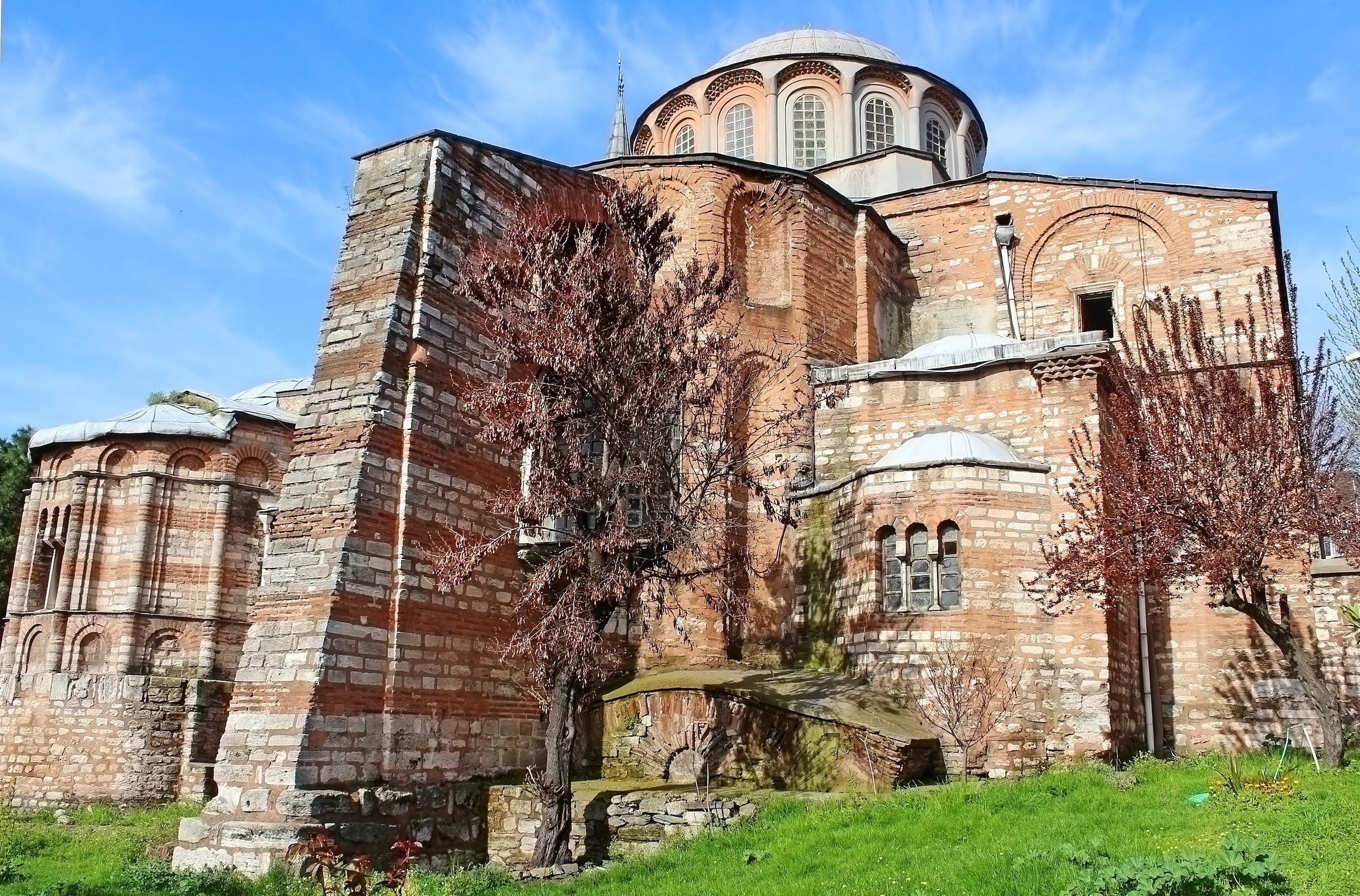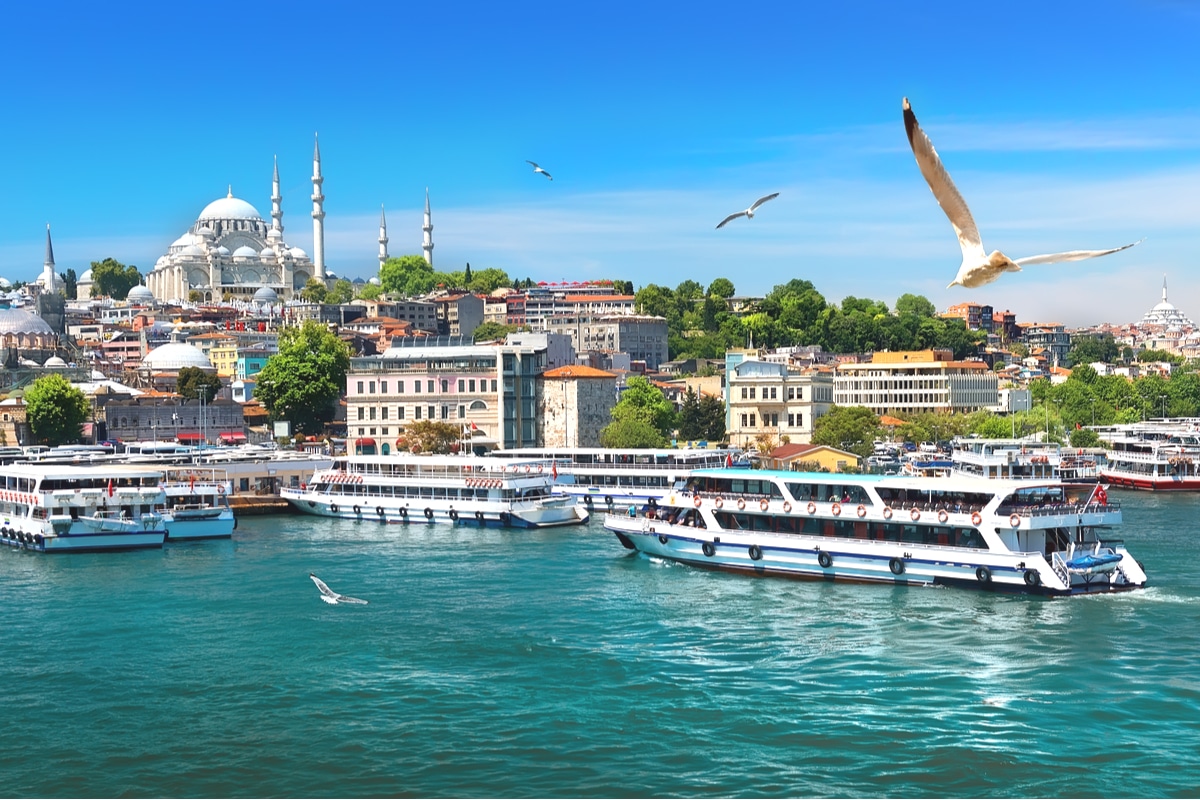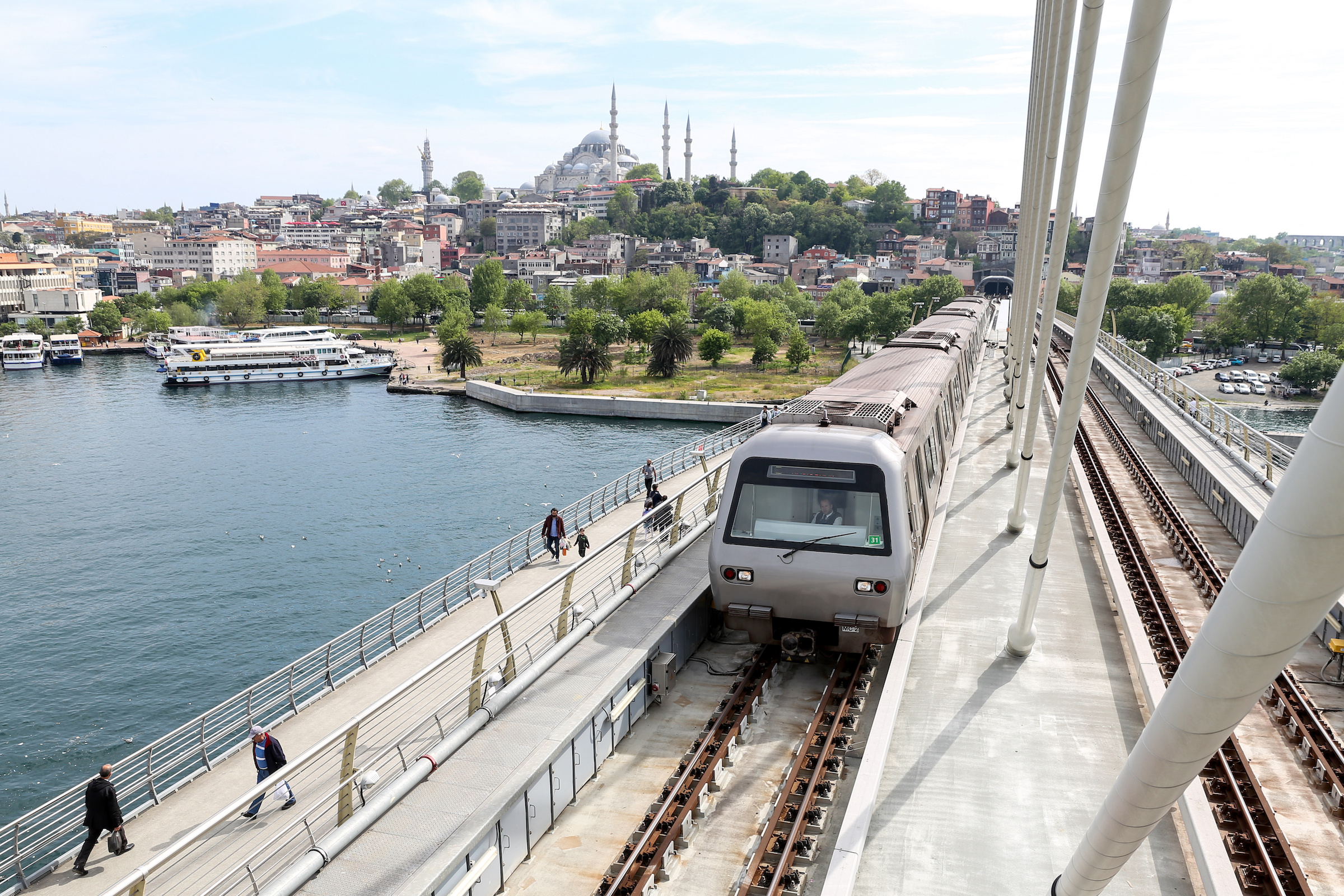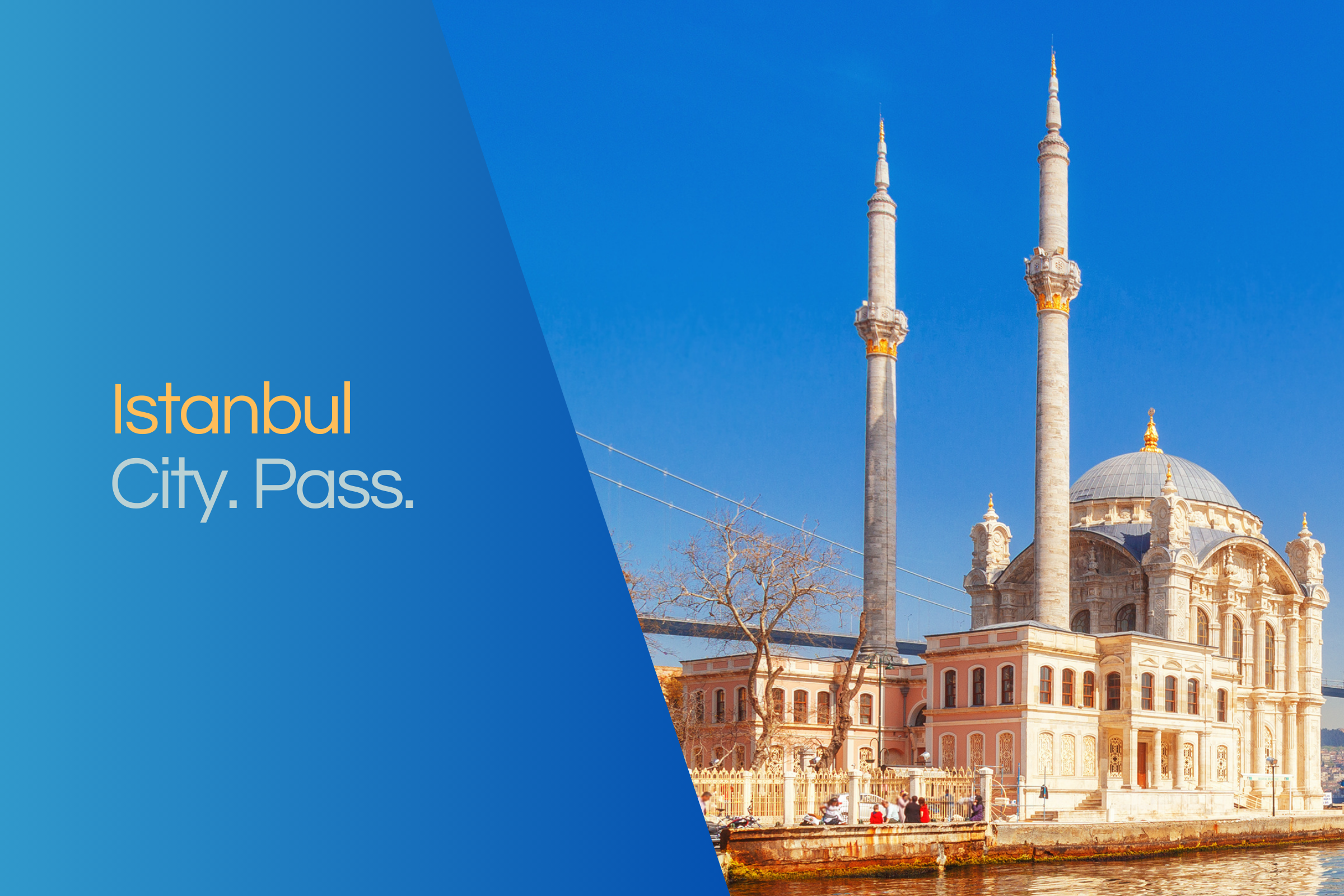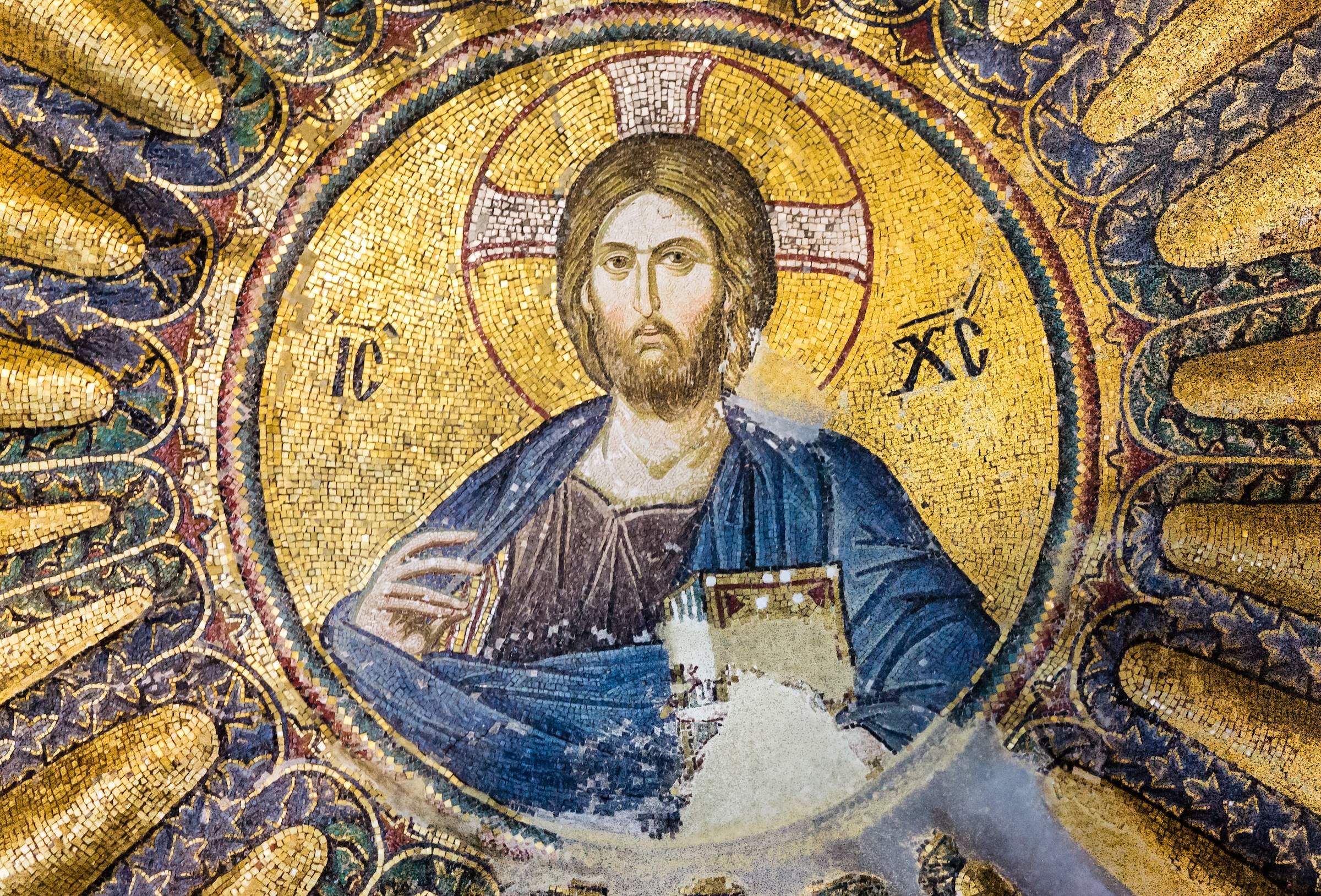The Chora Church in Istanbul dates back to the 14th century and is one of the most beautiful testimonies of Byzantine art. Not only in the incomparably more famous Hagia Sophia, but also here have been preserved magnificent mosaics that shimmer unearthly golden.
Origin and history of the church "of the hinterland".
The name Chora can be translated as "surrounding countryside" or "country". For in the 5th century a predecessor building of this church and the monastery belonging to it had been built outside the city walls of Constantinople. When the Theodosian land wall was built in the decades that followed, the buildings stood within the city. In the 11th century, the Chora Church was donated by the mother-in-law of a Byzantine emperor.
In the 14th century, the structure largely fell into disrepair. Theodoros Metochites had the place of worship magnificently restored and added the magnificent pictorial decoration in its interior. The tomb of this diplomat, chancellor and philosopher is still in the church today. During the reign of Emperor Andronikos II Palaiologos, a "renaissance" took place, that is, a rebirth of the classical Eastern Roman mosaic art and painting.
The mosaics and frescoes of the church
The Chora church has an outer and inner porch, there is also a side chapel and a gallery. The large dome in the center, as well as several smaller domes, let in daylight that makes the unique mosaics and frescoes shine in a truly otherworldly way. The images overcome any rigidity and are given such life that they already seem to point ahead to the later Renaissance further west in Europe. A monumental Christ as the ruler of the world is enthroned at the entrance to the inner vestibule.
Also to be discovered are Mary the Mother of God and a donor mosaic. There we meet Theodoros Metochites with a large turban offering his church to Christ. There is also an extensive cycle of the life of Mary and a moving image of the dying Virgin Mary. The life and work of Jesus is presented to you in celestial gold. The depiction of "Christ as the land of the living", charged with salvation history, functions as a hope of redemption for all mortals. The Last Judgement, Heaven and Hell, the apostles Peter and Paul, and various saints can be admired on the murals.
The Chora Church today
After the conquest of Constantinople by the Ottomans, the paintings were whitewashed but mostly not destroyed. For centuries, the building served as a mosque until a restoration brought the masterpieces back to light. It was a museum from 1948 until it was rededicated as the Kariye Mosque in 2020. However, the beautiful place of worship can still be visited. It is located in the Fatih district near the Edirnekapi city wall.
